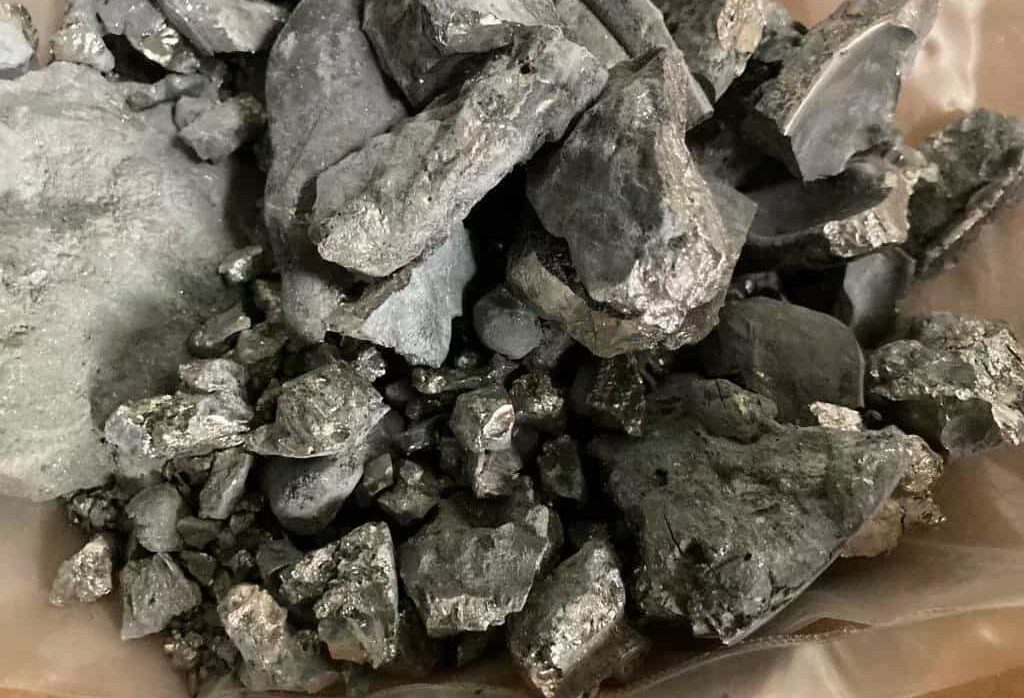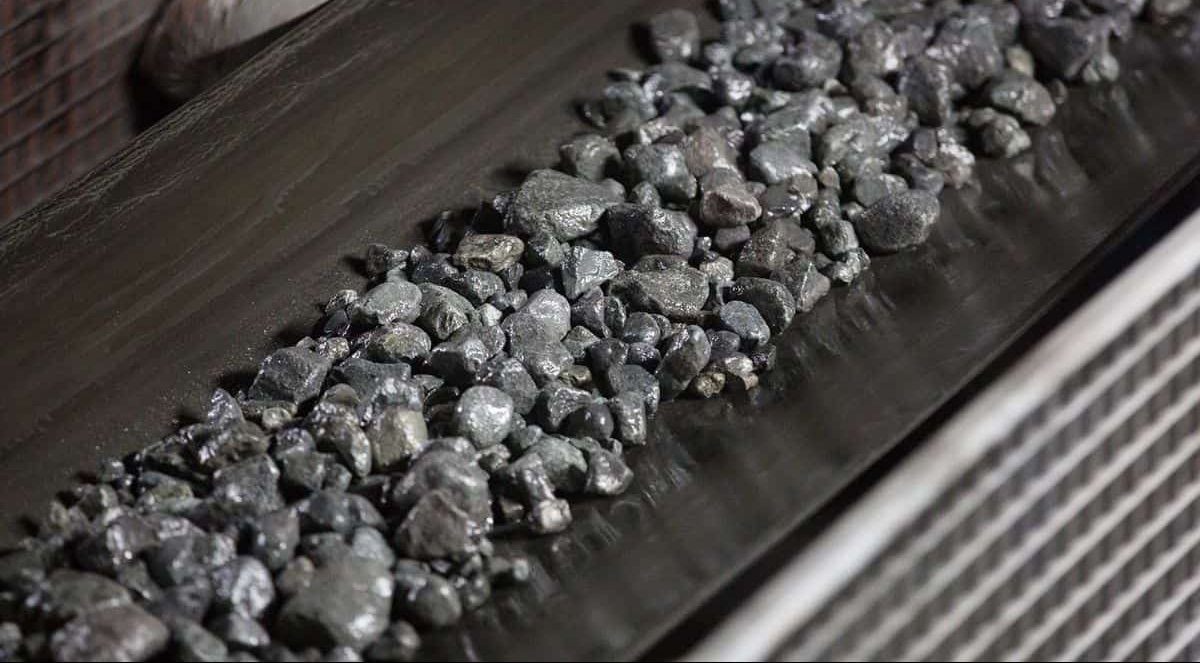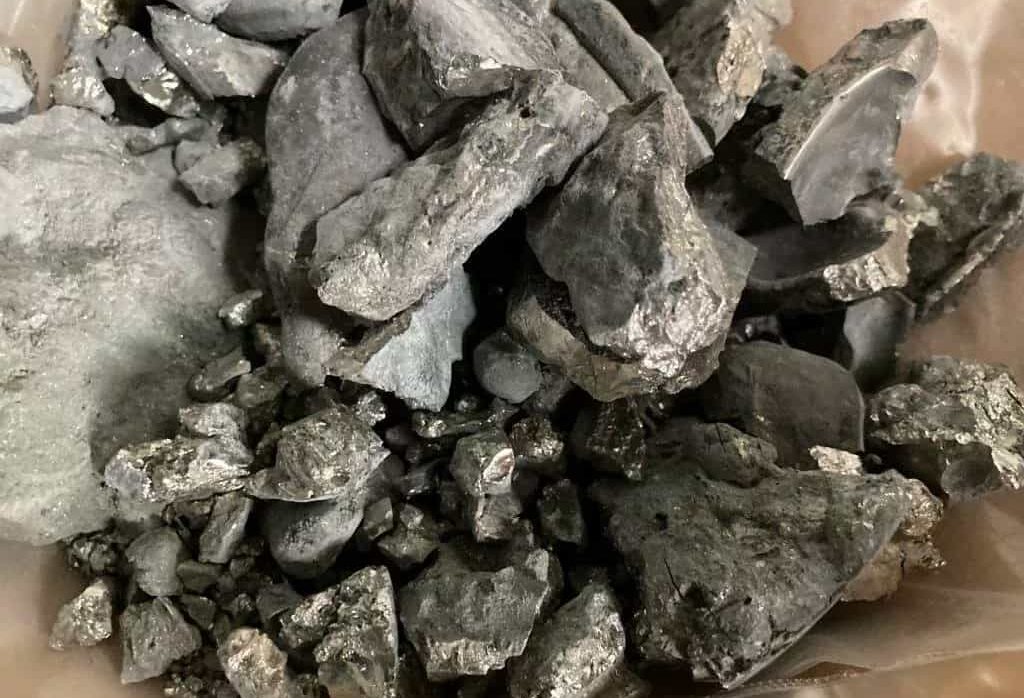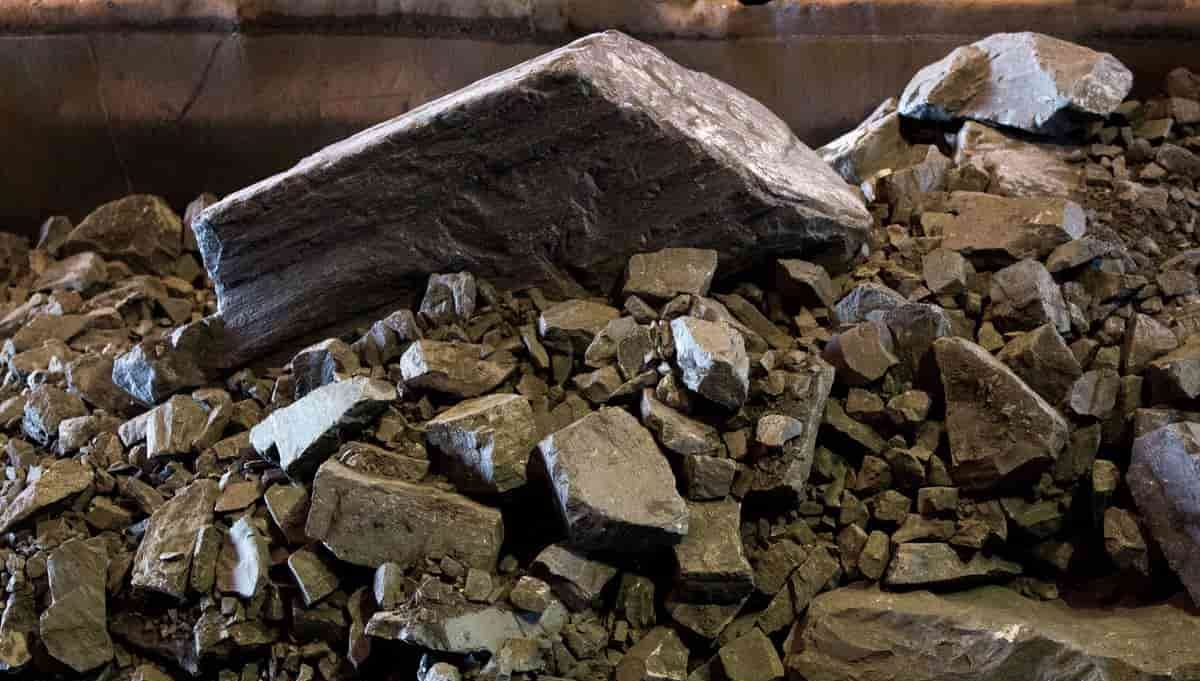The name Limonite is used for the many yellow to brown iron oxides that are produced by erosion of rock or iron deposits. Researchers working on limonite found that the mineral is amorphous and has a variable composition. They found that limonite is a pseudomineral consisting mainly of hydrated iron oxide, often found together with other iron-containing minerals.

Limonite cannot be detected in hand samples and its amount cannot be determined without detailed testing. Limonite is generally considered a secondary mineral and is the result of weathering iron-containing minerals such as hematite, magnetite and pyrite.
This mineral usually occurs in stalactites, spheres and piles. Limonite is also seen as a coating on rock crevasses and cave walls. Some limonites are found in stratified sediments, in which hydrated iron oxides form as a result of deposits at the bottom of swamps, lakes and neritic environments.
This process may be of abiotic or biotic origin. Limonite is sometimes the result of sedimentation in springs and mines, where iron-rich acidic water enters the complex from below the surface. Many groundwaters contain little oxygen and collide with oxygen-containing water when they reach the surface. The iron dissolved in groundwater quickly connects with the oxygen of the surface water, creating a layered formation. These deposits are indicators of the emissions of carbon dioxide.

Limonite minerals are weather resistant and often precipitate as sediment. Limonite is the predominant iron form in laterites and responsible for the soil colour. Limonite has a yellowish colour and a matte to earthy shine. The hardness of this mineral is based on a weathering degree between 1 and 5. The specific weight of limonite varies between 2,7 and 4,3 depending on the number of impurities. It is important to note that the crystal structure of this mineral is amorphous compared to hidden crystals.
The use of limonite has been used by individuals since ancient times. It was probably a shadow that they started using limonite. Throughout history, the yellow to brown colour of limonite, also known as ochre, was considered one of the most important pigments for the production of paintings. This mineral is still used today as a pigment. This mineral is sometimes extracted directly from deposits and rarely processed.
However, it is normally heated to remove moisture from its structure and is used in toner production. Limonite has also been mined as low-grade iron ore for millennia. The extraction of limonite as iron ore has been suspended since deposits of hematite and magnetite were discovered. Limonite is also found in building blocks.

The chemical composition of granite usually contains iron, which after chemical weathering turns into hematite and limonite. The yellow colour of granite is due to the presence of hematite and limonite minerals in this stone. Limonite is relatively dense with a specific weight of 2. 7 to 4.3. Its colour ranges from light lemon yellow to grey, brown. The veins of this iron ore are a characteristic that distinguishes them from others, e.g.
For example, limonite veins (earth colours) are always brown, hematite red and magnetite black. The hardness of limonite varies, but is usually between 4 and 5.5. Although limonite was originally described as a single mineral, it is now known as a collection of iron oxide minerals such as goethite, ecjanite, lipdocrosite and jarosite. Individual minerals in limonite may form crystals, but do not usually, and samples may have fibrous or microcrystalline structures.
Limonite is usually found in aggregates or in compact, earthy forms such as grape, kidney or star forms. Limonite usually occurs in the form of clay or clay due to its amorphous and amorphous structure and presence in hydrated regions.

But pseudolimonite also occurs in other minerals such as pyrite. The so-called limonite consists of other iron oxides such as siderite carbonates and iron-rich silicates such as garnet, hematite and magnetite.
Limonite occurs in various ways, for example: from the hydration of hematite and magnetite, oxidative hydration of iron-rich sulphide minerals or other rich olives, pyroxenes, amphibolas, etc. It is produced by the chemical weathering of iron minerals and biotite. This iron ore is often the main component of iron in laterite soils and is often deposited in the outflow of mining operations.
Solution All the above information is available to buyers who want to get to know and buy Limonite with professional and innovative thinking, passionate and enthusiastic attitude. Our vision is to be a standard for tailor-made products and quality services so that we can build a good brand image of our company on the national and international market with competitive prices and low-cost shipping services.
We are passionate about what we do, and we strive to meet the needs of our customers by providing high quality products and services. And do not hesitate to ask questions, our support team is at your disposal. More information can be found on our website.



